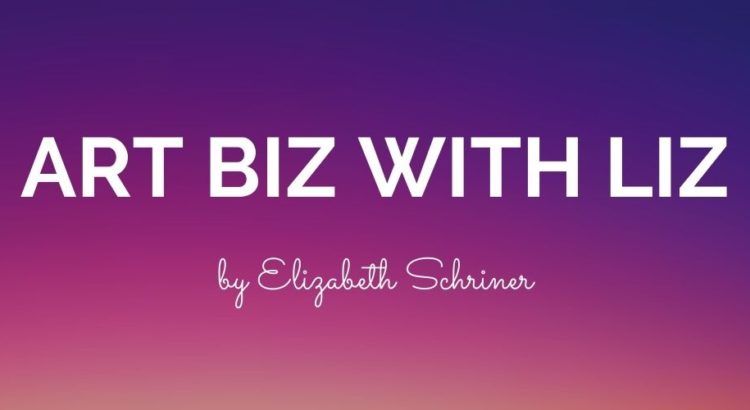The past two years have been filled with love and loss among countless others emotions and events. There’s no doubt that the COVID-19 pandemic has been a time of trial and tribulation. Throughout the isolation, the arts have been an escape, even if I took a break from participating in the performing arts myself. But as much as I have always loved the arts, they wouldn’t be as monumental in my life without the influence of other people.
Over the Thanksgiving holiday, I took some time to reflect about where I am in life and what I am grateful for. Looking back at the recent U-M Women’s Glee concert, I considered how great it felt to be there in person and have a live audience, even if the evening did include masks. Yet, despite reminiscing over the semester’s music-making and energy from the crowd, I couldn’t help but feel a pang in my chest when I remembered one person wasn’t there.

My grandmother was always a huge part of my life. She lived less than a ten-minute drive away and came over several times a week. Among the million memories or character traits I could share, when it came to the arts, she was my biggest support system. She was at every choir concert, theatre performance, and piano recital. In fact, I don’t know if I would have continued taking piano lessons throughout my childhood without her. Without fail, she always asked me to “play her a song” when she visited. I did so, though oftentimes more begrudgingly than not (I used to hate playing for other people, even my own loved ones).
When it came to college and I no longer kept up with the piano, my grandmother came to my choral performances. Most notably, she came to my RC Singers and U-M Women’s Glee Club concerts. Below is a picture of me and my grandmother after a glee concert, the last one “pre-COVID.”

While I could give a lot of credit to personal interest, my participation in the arts wouldn’t be what it is without the support of loved ones behind me. I’m thankful for all the people who encourage me in my writing, music-making, or other art endeavors. I thank my parents for giving me the opportunity to take piano lessons, coming to my choir concerts, and even enrolling me in ballet, even if I only did it for one year when I was eight. I thank my sister for giving me a paint set for Christmas, taking me to concerts/musicals, and driving from Ohio just to see my performances. I thank my family abroad for always reading my writing and sharing their thoughts, even if they are half a world away.

As much as I disliked playing the piano for other people when I was a child, the support of my parents and grandmother at recitals always meant the world to me. These days, I am thankful for the support of other loved ones as well, like friends, cousins, aunts, and uncles. While my grandmother might not have been in the audience at my last glee concert, these people were, along with my parents, siblings, and adorable three-year-old nephew. I’m also grateful to all the people who couldn’t be at Hill Auditorium but cheered me on from home or in their own way.

It’s been over a year since I lost my grandmother to COVID-19. The dreams, grief, and guilt still haven’t gone away. There are so many things I wish I could say, sing, or play for her, but I’ll continue to honor her memory in my heart as I participate in the arts, just as she would’ve wanted me to. And although Grandma isn’t around anymore, I have a lot of friends and family members who continue to support me. In a way, her love for me and the arts still shines through. And that’s something to be grateful for.




